How Much Money Are The Vanderbilts Worth?
The rise and fall of the Vanderbilt family dynasty
How the Vanderbilt family made – and lost – their fortune
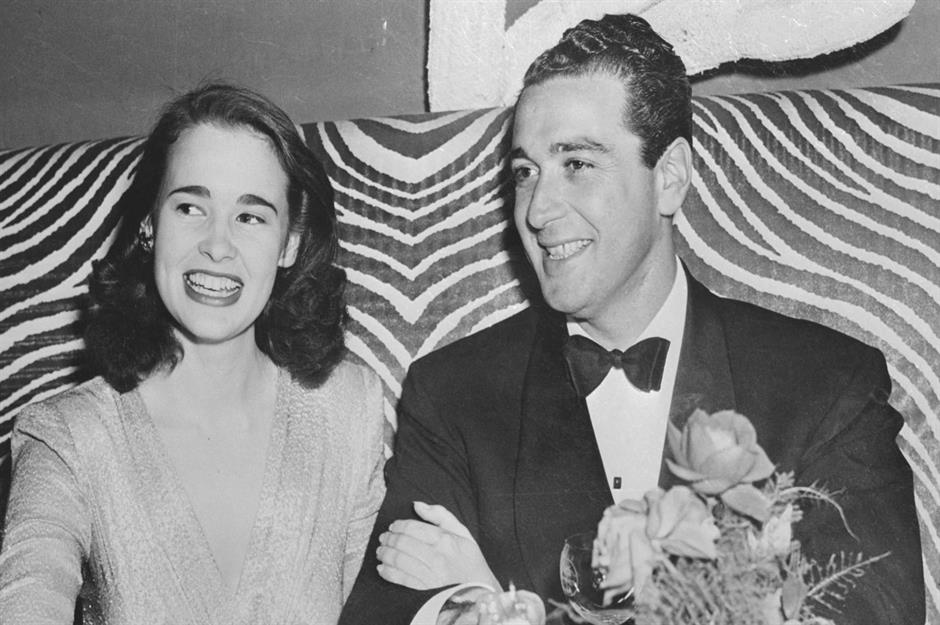
The Vanderbilts were once the richest family in America. Then it all went wrong. As we head into a decade which some have called the next 'Roaring Twenties', click or scroll through the story of the incredible boom and bust of one of the world's most famous old-money dynasties.
The birth of Cornelius Vanderbilt
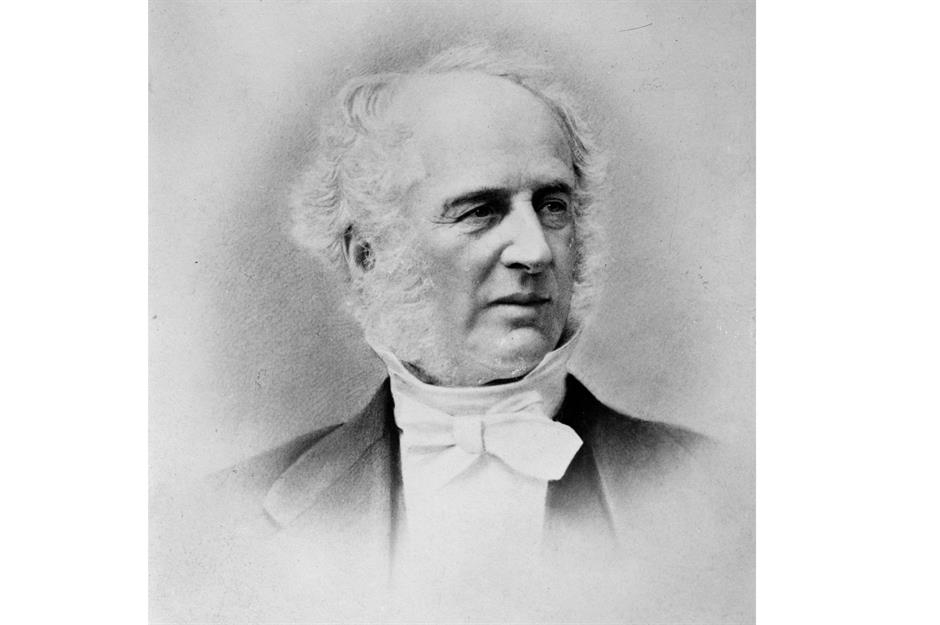
The son of Dutch settlers who arrived in the US in the 17th century, Cornelius Vanderbilt was born on 27 May 1794 in New York. Born into a farming family, his father also worked as a boatman, operating a small business which transported goods between Staten Island and New York City. At the age of just 11, Cornelius Vanderbilt left school to work in the shipyard.
Learning the ropes
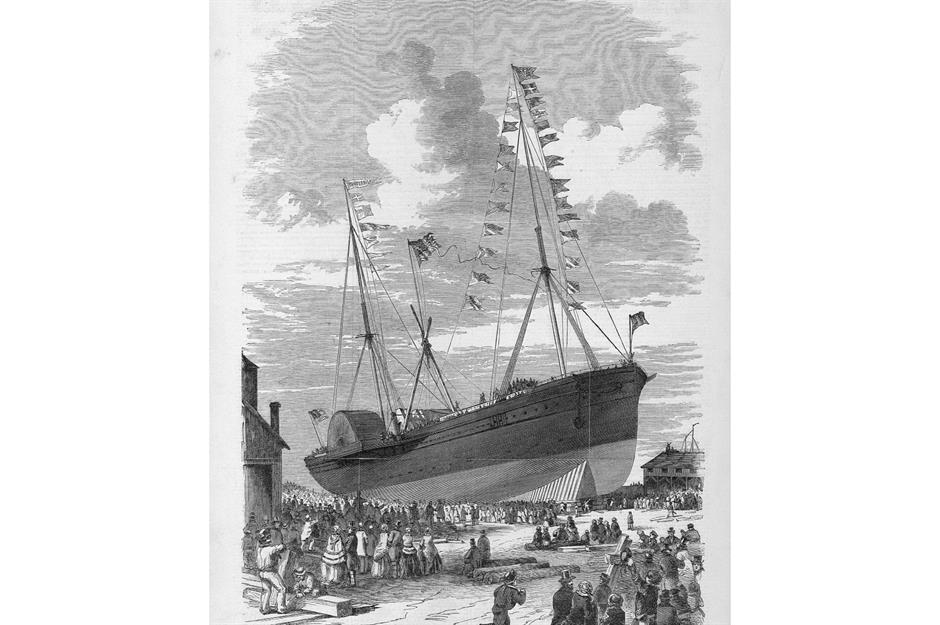
The young Vanderbilt developed a keen interest in the shipping business, and in 1810, aged 16, his parents loaned him the money to buy his first sailing boat, which he used to take passengers around the New York harbour. He expanded to a small fleet, sharing the profits with his parents, and allegedly earned more than $1,000 in his first year. He was also nicknamed "Commodore".
A troubled personal life
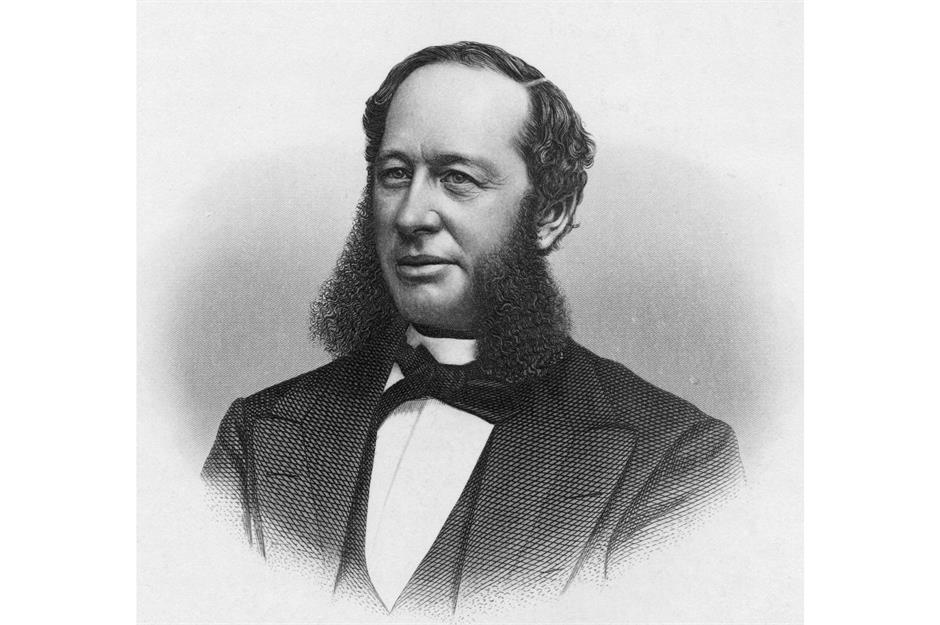
In December 1813, Vanderbilt married his cousin Sophia Johnson, against his parents' wishes. The couple had 13 children together, 11 of whom survived to adulthood. However, it wasn't an especially happy marriage – Vanderbilt allegedly cheated on his wife multiple times. He wished he'd had more than three sons and largely neglected his daughters, while he also reportedly had his son Cornelius Jeremiah sent to a lunatic asylum twice. Eldest son William Henry Vanderbilt is pictured.
Jumping ship
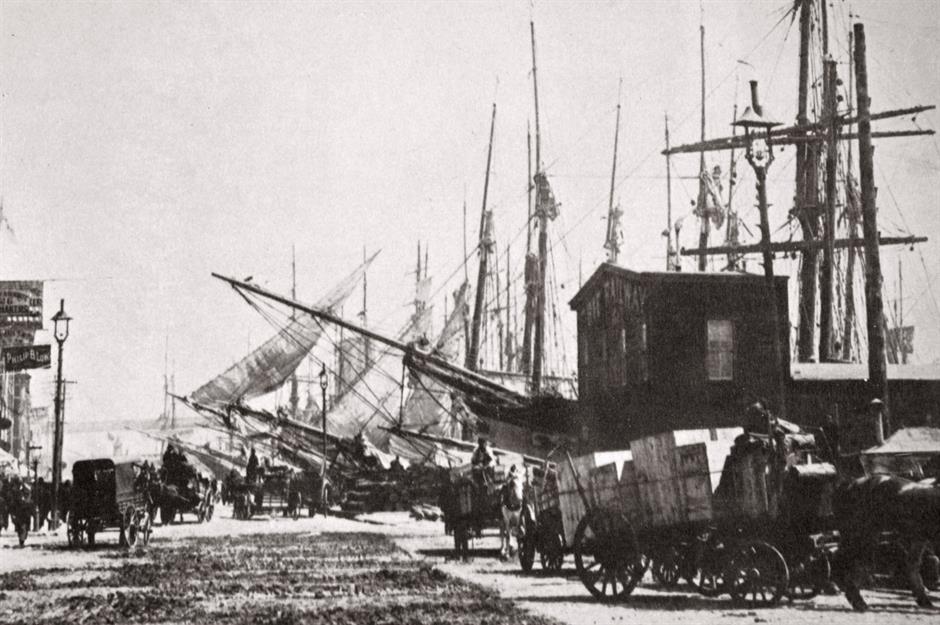
Around 1818, Vanderbilt sold his fleet and went to work as a ferry captain for wealthy businessman Thomas Gibbons. After gaining an understanding of the shipping industry he started his own business in the late 1820s, operating ferry lines and building ships, and he established a new shipping route between New York City and Philadelphia. In the 1830s, his shipping lines in New York began to push out competitors, thanks to his competitive rates and aggressive marketing.
Becoming a millionaire
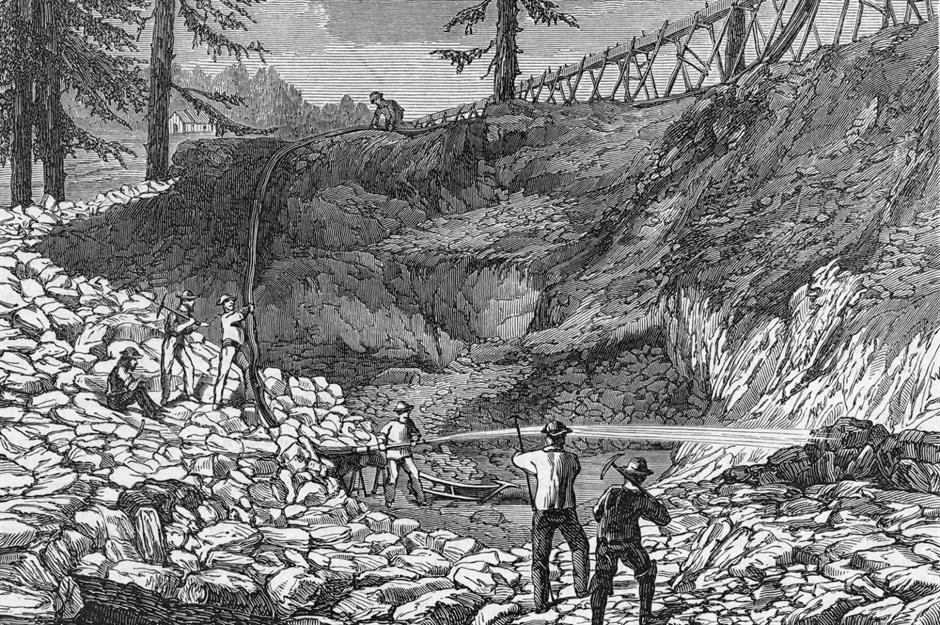
His tactics clearly worked and by 1846 Vanderbilt had earned his first million dollars – equivalent to around $33.8 million (£24.8m) in today's money. During the California Gold Rush in the 1850s, he established a steamship service to transport prospectors from New York City and New Orleans to San Francisco. Offering a faster route, it was a huge success, to the extent that, in 1852, business rivals were so keen to get rid of him they offered to pay him $40,000 a month to cancel his operations. This later increased to $56,000.
Making inroads into the rail industry
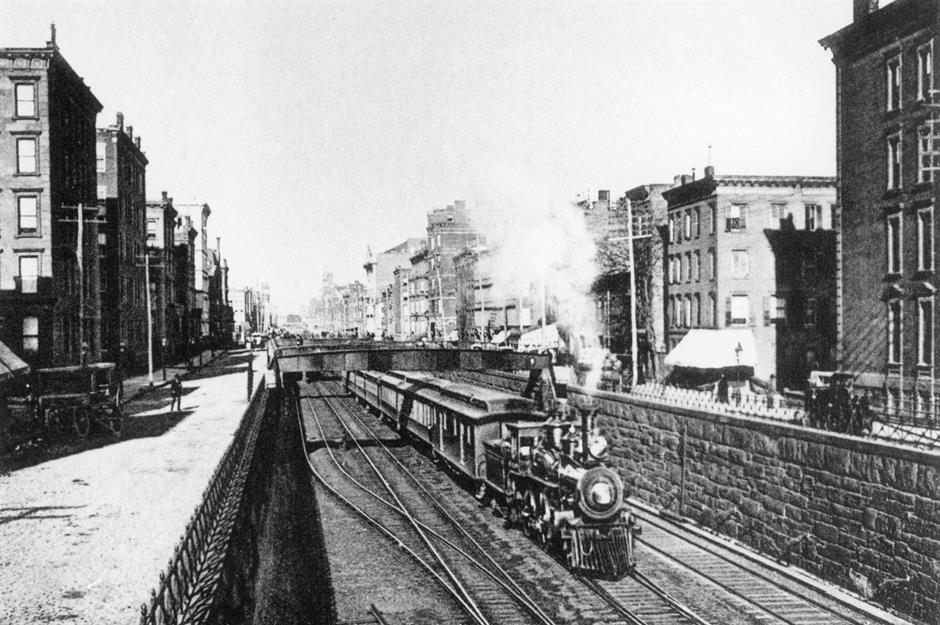
After Vanderbilt accepted the offer, he bought a yacht called the North Star and took his family on a tour of Europe, which cost around $500,000. But his taste for business hadn't completely gone, and soon Vanderbilt decided to focus on a new business venture: railroads. In the 1860s he bought several lines, including the New York and Harlem Railroad, the Hudson River Railroad and New York Central Railroad.
Battling it out on the railroads

In 1868, Vanderbilt was involved in the Erie Railroad War, fighting Wall Street traders Jay Gould and Jim Fisk for control of the line between New York City and Lake Erie. Vanderbilt conspired with railroad owner Daniel Drew to buy up most of the shares, but Gould and Fisk responded by creating watered-down shares, which Vanderbilt kept buying. Gould and Fisk were eventually given control of the line, although only after bribing lawmakers to legalise their acts. Vanderbilt was renumerated for the shares he had bought.
The opening of a New York icon
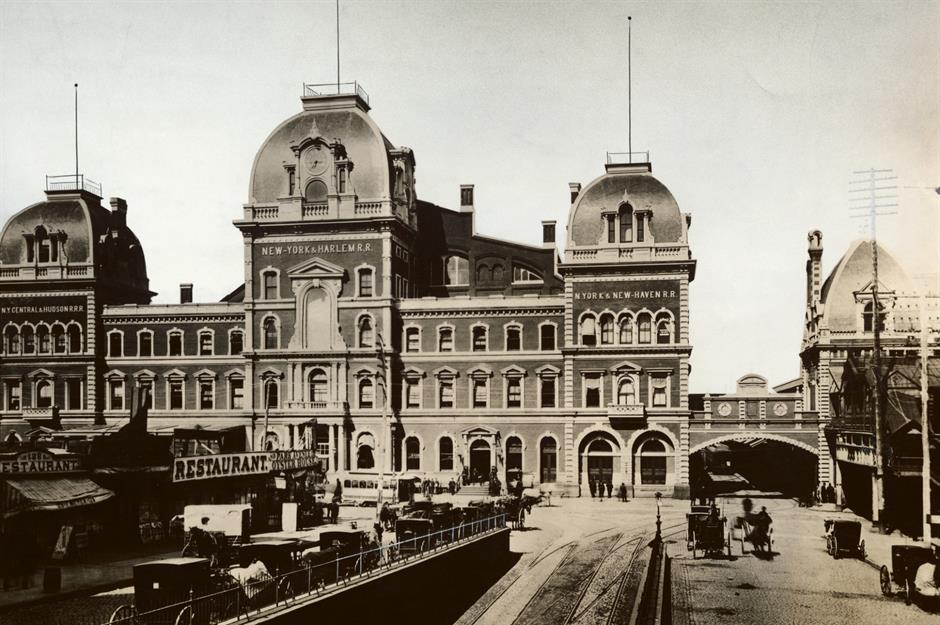
In Vanderbilt's later years he played an instrumental role in the construction of New York City's Grand Central Depot, which opened in 1871. Although it was replaced by a larger building, Grand Central Terminal, in 1913, the building incorporated several modern features, including elevated platforms and an underground design to reduce noise and smoke. It was also around this time that Vanderbilt donated a generous $1 million to the newly-formed Central University by the Southern branch of the Methodist Episcopal church, which was then renamed the Vanderbilt University in his honour when it opened in 1873.
America's first great tycoon dies
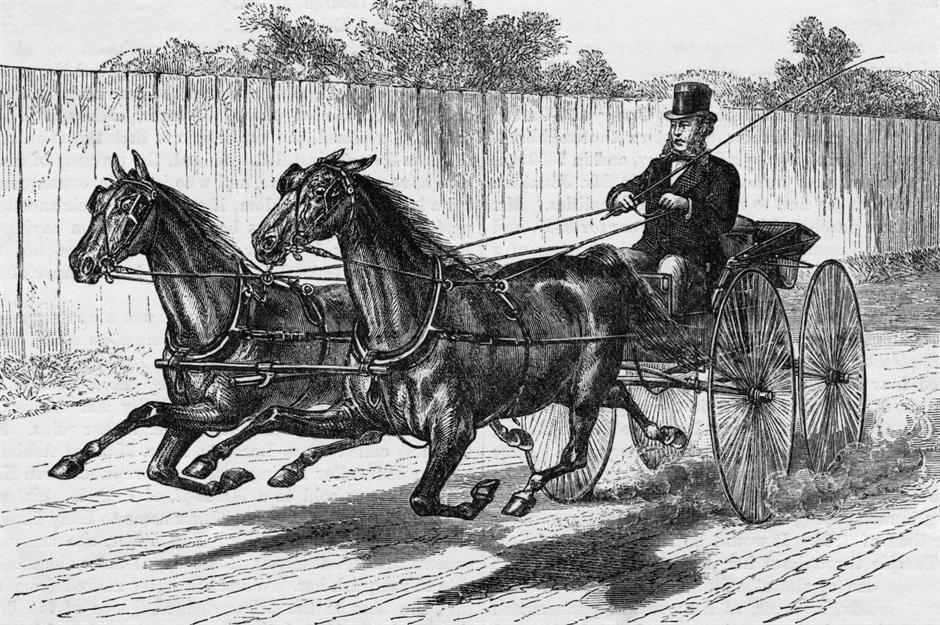
Cornelius Vanderbilt – "America's first great tycoon" – passed away on 4 January 1877, leaving behind a fortune worth $100 million, equivalent to $2.5 billion (£1.8bn) in today's money. Yet his estate was not divided equally among his children. Instead, he left $90 million to his son William Henry Vanderbilt (pictured), $7.5 million to William's four sons – his grandchildren – and the remaining small amount was left to his daughters, which was in-keeping with the misogynistic attitudes he held throughout his life.
William Henry Vanderbilt, the successful heir
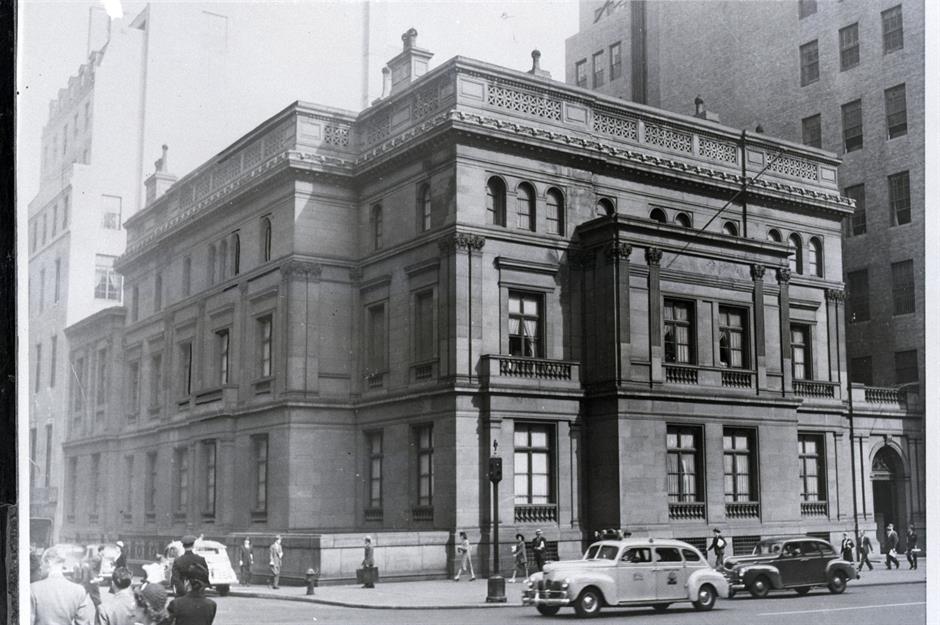
After the death of his father, William Henry Vanderbilt had big shoes to fill, although he had been behind his father's move into the railroads and shown that he had a strong business mind and the ability to make a profit. After his father's passing, William was only in charge of the family business for less than a decade, but during that time he expanded the railroad network to include several other railroads in the Midwest. William also continued the tradition of philanthropy that his father Cornelius had started, donating to the Vanderbilt University and other institutions. William also built a block-long mansion called the Triple Palace on New York's Fifth Avenue (pictured), filling it with his impressive art collection. Later, William's descendants built more mansions on the street, although they have since been demolished.
A third generation
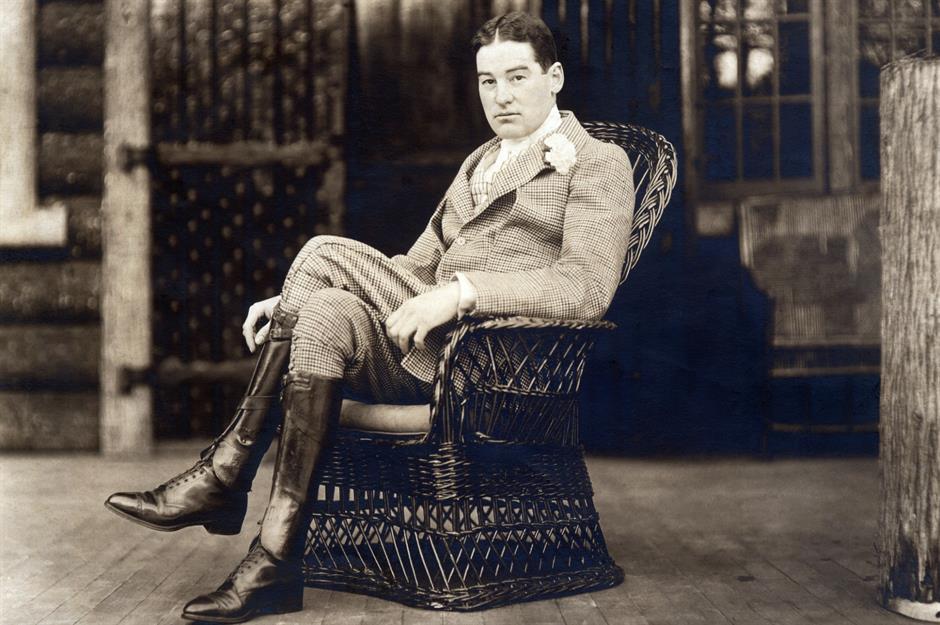
In poor health, William had to resign in 1883, by which time he had allegedly nearly doubled the family fortune to around $200 million – or $5.2 billion (£3.8bn) in today's money. Two years later, William Henry Vanderbilt died and left the business to his sons William Kissam Vanderbilt (pictured) and Cornelius Vanderbilt II. Cornelius managed the railroad side of the business until his death in 1899, when William took over.
An increase in spending
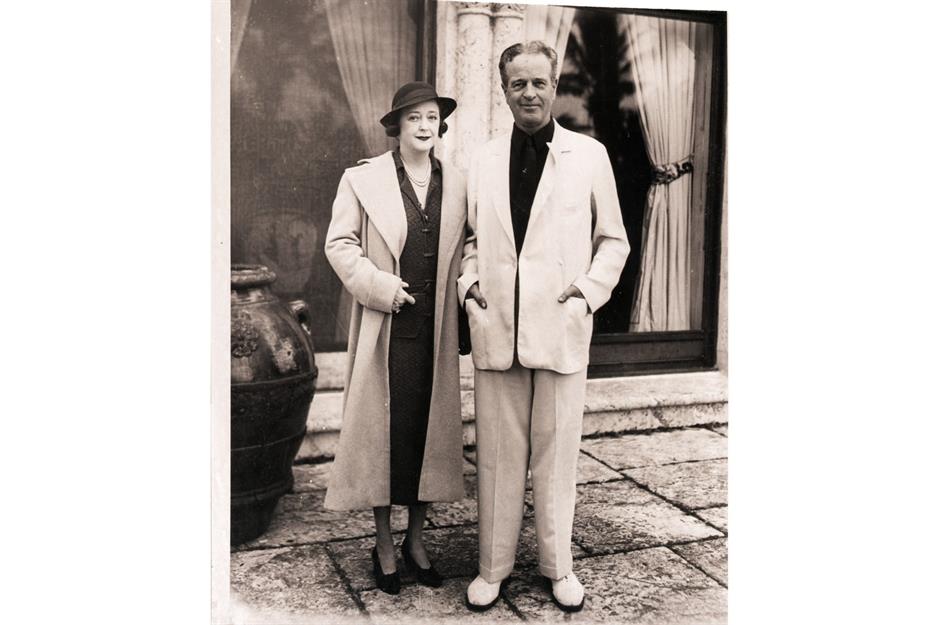
In 1903, William K. Vanderbilt handed over management of the railroads to an outside firm, deciding to focus on other interests including collecting art, breeding horses, and racing yachts. William is said to have described his inherited wealth as a "handicap to happiness", according to a book about the family, written by cousin Arthur T. Vanderbilt II. William is pictured here with his second wife Anne.
A huge new estate
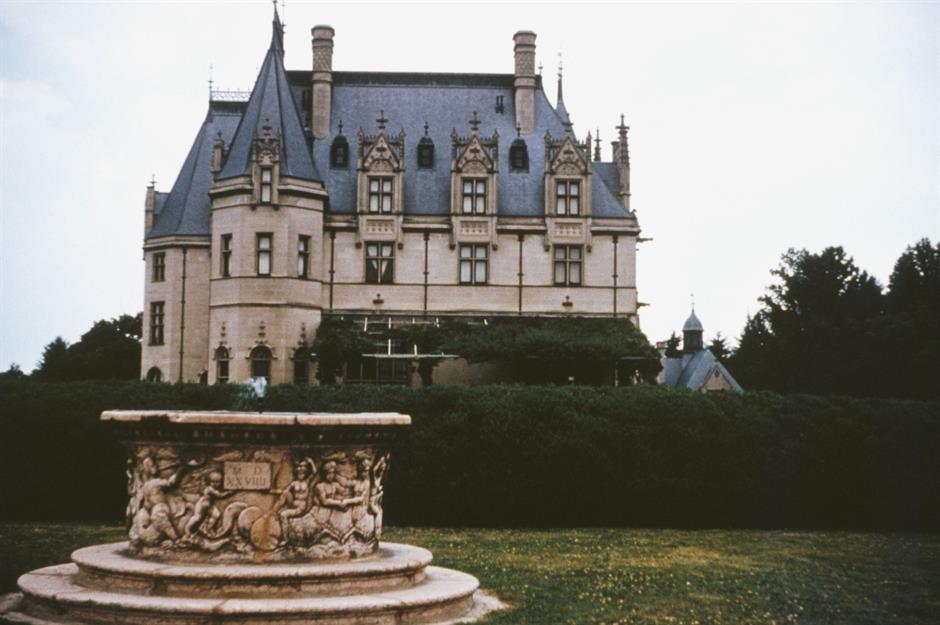
Harvey Mestion Archive Photos/Getty
In 1888 George Washington Vanderbilt, brother to William and Cornelius, began to buy up land in Asheville, North Carolina, and by the end of the century he had a 125,000-acre estate. He built a 250-room chateau on the plot, which was designed by renowned architect Richard Morris Hunt. The house, which was known as Biltmore House, served as residence for George, his wife Edith and their children, before being handed down to the next generation of Vanderbilts.
An impressive Rhode Island mansion
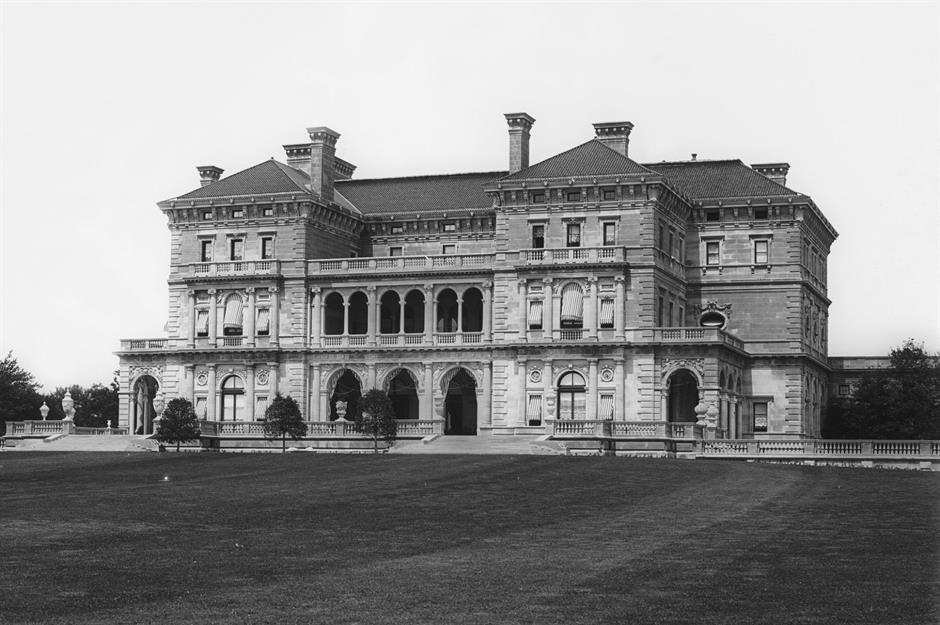
Detroit Publishing_Company Interim Archives/Getty
Another impressive piece of real estate owned by the Vanderbilts was a large house called The Breakers, located in Newport, Rhode Island. Also designed by Richard Morris Hunt, the mansion was modelled on 16th-century Renaissance palaces and served as the residence for Cornelius Vanderbilt II and his wife Alice.
The Vanderbilt property empire
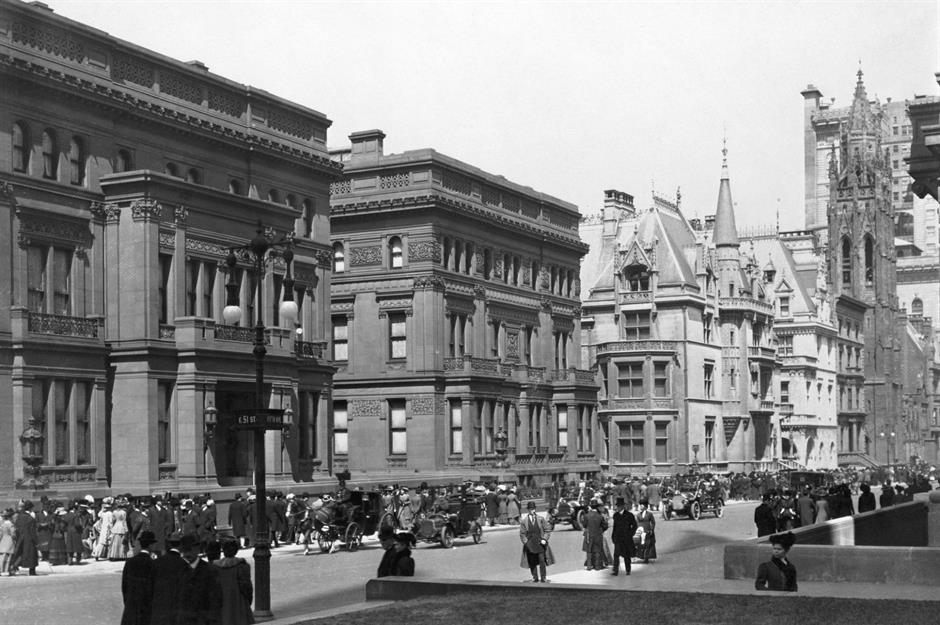
As well as the Breakers and Biltmore House, the Vanderbilt family property portfolio included 10 mansions on Fifth Avenue; a Beaux Arts-style house in Hyde Park, New York; a property called Marble House in Rhode Island; and a house overlooking the Long Island Sound.
Future of New York Central Railroad company

Charles Phelps/Cushing/ClassicStock/Getty
In the late 1920s, business peaked for the New York Central Railroad Company, and shortly afterwards demand began to decline. By the end of World War II competition from cars, buses and airplanes meant serious trouble for the family business. The failure of the Vanderbilt heirs to diversify the business had left them with few income streams to fall back on.
Frittering away the family inheritance

One of those heirs was the son of Cornelius Vanderbilt II and Alice Claypoole Gwynne, Reginald Claypoole Vanderbilt (pictured), whose main interests weren't exactly like his business-minded father – he was into racehorses, gambling and drinking. On the night of his 21st birthday he allegedly gambled away $70,000 of the $15.5 million inheritance he had just received. Meanwhile, his brother Cornelius Vanderbilt III also spent extensively on keeping up appearances.
Demolition of New York properties

Los Angeles Examiner/USC Libraries/Corbis/Getty
Symbolic of the family's material decline, many of their Fifth Avenue mansions were demolished in the 20th century. William Kissam Vanderbilt's Parisian-style house on 52nd and Fifth was destroyed in 1926. Meanwhile, Cornelius Vanderbilt II's elaborate brick-and-limestone mansion, located on the corner of 58th and Fifth, was destroyed in 1927 – today the site is home to a Bergdorf Goodman department store.
A new Vanderbilt is born

Arguably the best-known Vanderbilt in recent history, Gloria Laura Vanderbilt was born on 20 February 1924 in New York, the daughter of Reginald Claypoole Vanderbilt and his second wife Gloria Mercedes Morgan. However, Gloria didn't get to know her father as he passed away when she was a baby due to cirrhosis of the liver from alcoholism.
A high-profile custody case

After her father's death Gloria Vanderbilt's early childhood was spent in Paris under the care of her mother, who is alleged to have spent more time travelling, partying and socialising than she did looking after her daughter. Gloria was looked after by her live-in nurse. Living off the interest payments from young Gloria's trust fund (that she would access at 21), her mother lived excessively. But when Gloria came down with tonsillitis her mother returned her to the US for treatment, leaving her with her aunt Gertrude Vanderbilt Whitney (pictured left) to recover, while she returned to Europe. The other Vanderbilts halved the interest payments, and when Gloria Morgan returned to America for her daughter Gertrude refused to give her back. And so, at the age of 10, Gloria (pictured centre) became the centre of a custody battle between her mother and her aunt.
New Yorkers gripped by the court battle

In 1934, when New York was feeling the full force of the Great Depression, the tale of the scandalous custody battle over Gloria Vanderbilt transfixed the city. The press was divided on the issue: some reporters backed Gloria's mother, pictured here with the young Gloria, while others criticised her, depicting an alcohol-fuelled, affair-filled lifestyle that made her unfit to be a parent. After seven weeks of testimony, her aunt was awarded full custody, with Gloria Morgan only being granted weekend visits to her child.
Marriage to Pat DiCicco
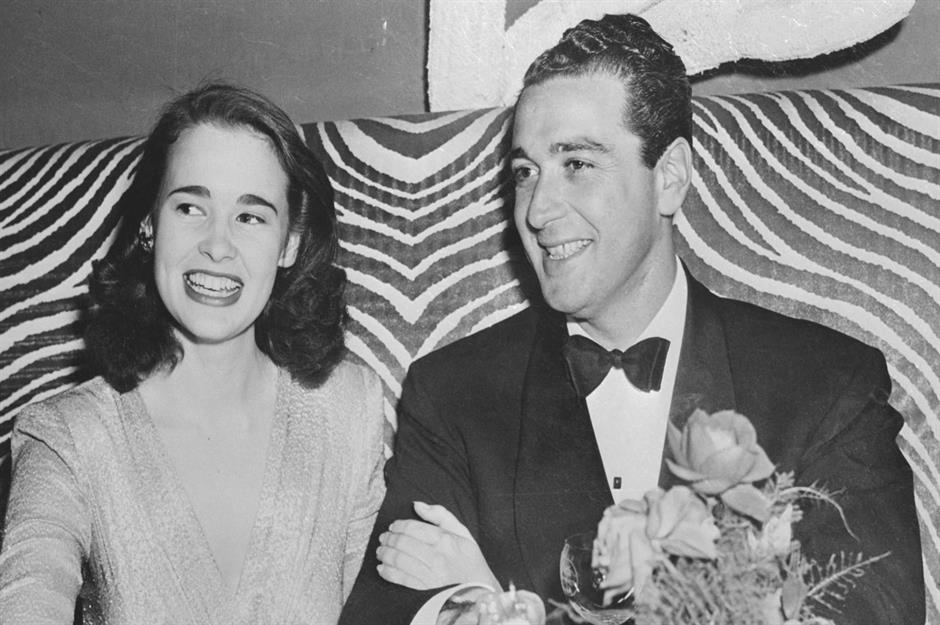
In 1941, at the age of just 17, Gloria Vanderbilt dropped out of school to marry Pasquale "Pat" DiCicco, an American agent and movie producer 15 years her senior. Reporting on the engagement, the New York Times stated that Gloria would be receiving a fortune of more than $4 million when she reached the age of 21. However, DeCicco was emotionally and physically abusive towards her and the couple divorced in 1945.
A turbulent love life
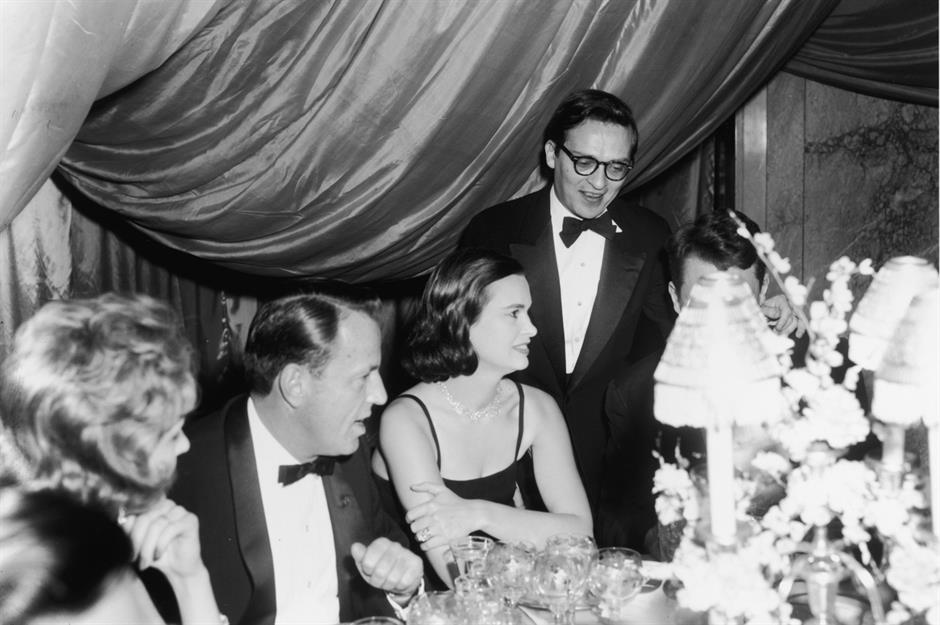
Bert and Richard Morgan/Getty
Gloria Vanderbilt met her second husband, conductor Leopold Stokowski, when she was still married to DiCicco, and after her divorce the pair were married the same year. They were together for 10 years and had two children together, Leopold Stanislaus Stokowski and Christopher Stokowski, before getting divorced. Vanderbilt's third marriage was to film director Sidney Lumet (pictured standing) and lasted seven years. Finally, she married Wyatt Cooper, who she considered the love of her life, in 1964, and they had two children together.
A successful career

An artist, actress, writer and fashion designer, Gloria Vanderbilt had many strings to her bow. As a young girl she had become interested in art through her aunt Gertrude, who was the founder of the Whitney Museum of American Art, and in the 1940s she gave her first art show in Manhattan. She also acted in several Broadway shows, wrote a number of books, and released a successful line of designer blue jeans in the 1970s.
Further decline for the transport industry
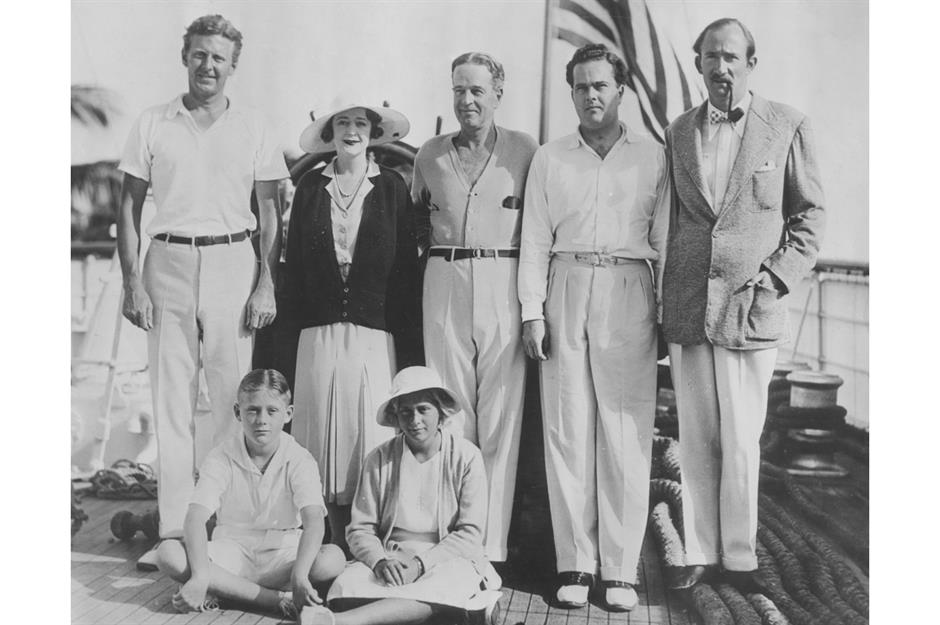
Meanwhile, the railroad business that Cornelius Vanderbilt had built was falling further into decline. Between 1946 and 1958, the New York Central Railroad Company had to drop four of its six fastest daily journeys between New York City and Chicago. Despite merging with the Pennsylvania Railroad Company to create the Penn Central Transportation Company, the new railroad filed for bankruptcy in 1971 and New York Central's services were taken over by Amtrak and Conrail.
The birth of Anderson Cooper
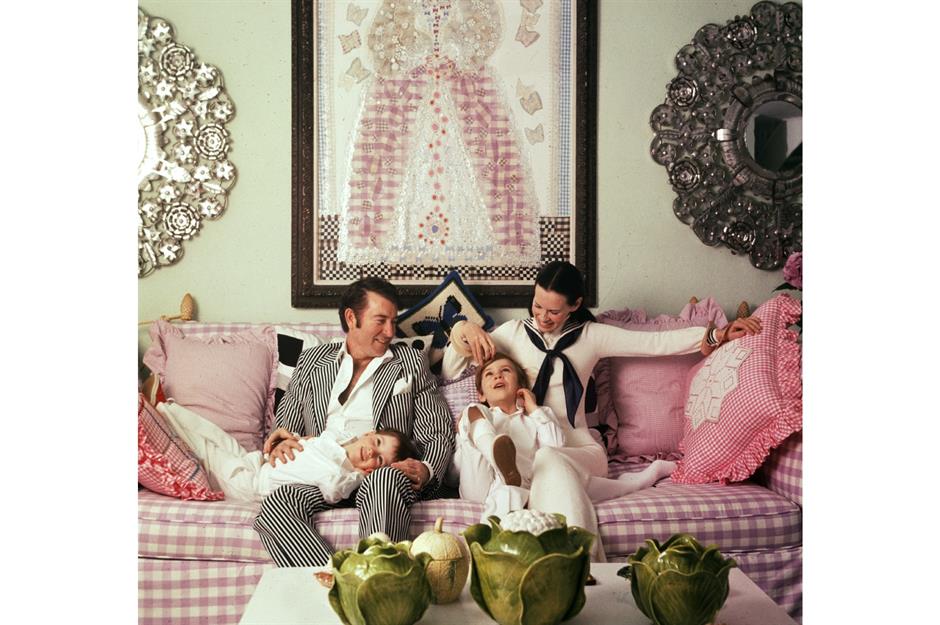
Jack Robinson/Hulton Archive/Getty
On 3 June 1967, Anderson Cooper was born, the son of Gloria Vanderbilt and Wyatt Cooper. He was born into the spotlight, being photographed for the cover of Harper's Bazaar as a baby and even appearing in designer ad campaigns as a child model.
A tragic childhood
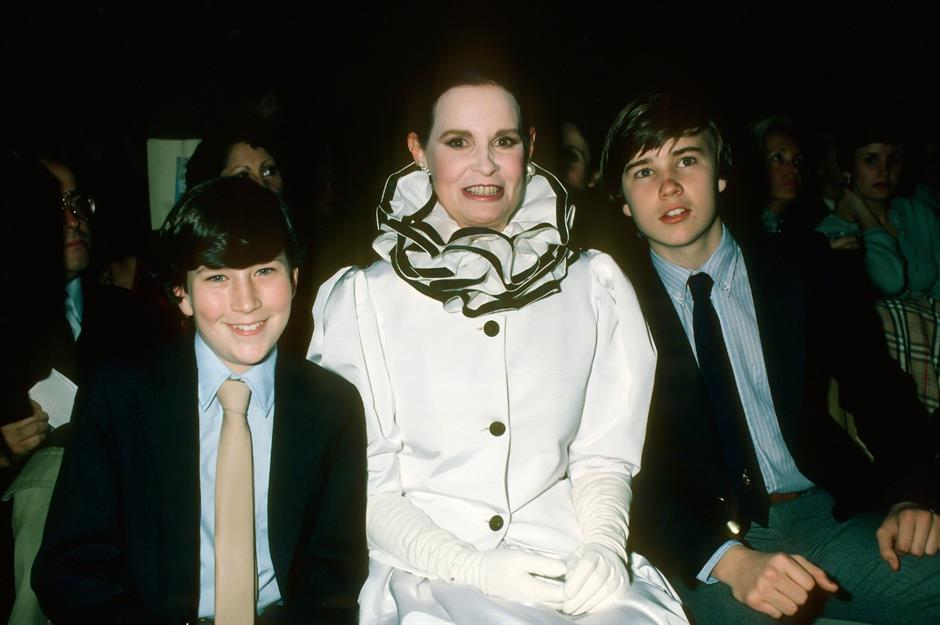
PL Gould IMAGES/Getty Images
In 1978, when Cooper was just 10 years old, his father died during open-heart surgery. Then, a decade later, his brother Carter (pictured right) died by suicide after jumping from the window of his mother's 14th-floor apartment. In a recent interview with ABC News, Cooper has described how these events "radically changed" him, stating, "I became much more introverted. I became very concerned about survival."
An estranged son
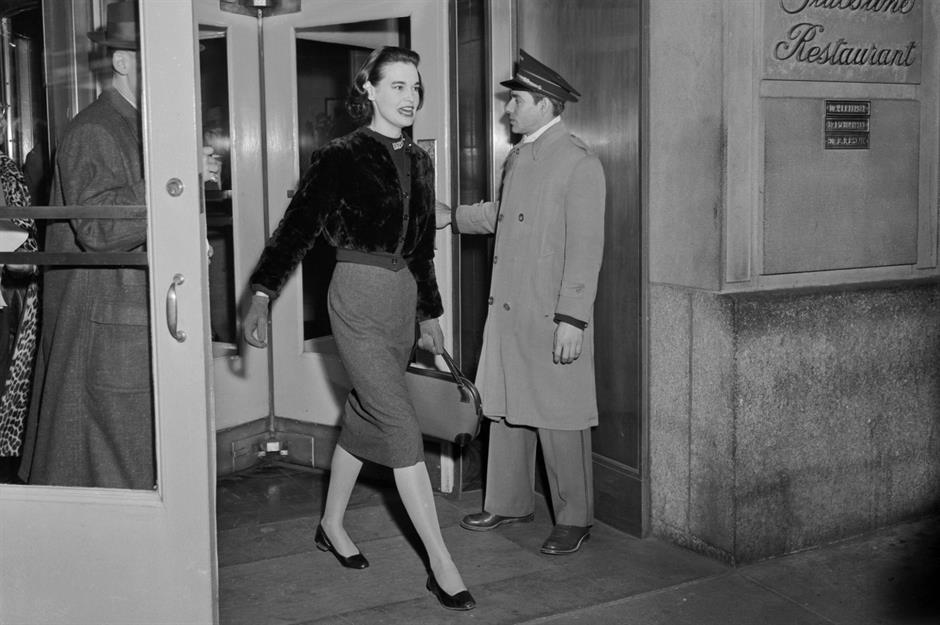
Vanderbilt's youngest son from her second marriage, Christopher Stokowski, cut off all contact from the family in 1978 after accusing Gloria's therapist of meddling in his love life. This was another blow for Anderson, who had been close with his half-brother.
Career beginnings

Cooper (pictured left) went to Yale to study Political Science before becoming a fact-checker for Channel One News. Finding the job unfulfilling, he forged a press pass and went to Myanmar to report on the political turmoil there, which earned him recognition from Channel One and helped him gain the role of chief international correspondent. After Channel One, Cooper was hired by ABC News as a reporter in 1994 and then worked as a co-anchor ofWorld News Now. After a brief stint of hosting a reality series,The Mole, Cooper began working as a news reporter at CNN in 2001. He later became anchor of his own show, Anderson Cooper 360°, featured regularly on CNN'sNewsNight, and contributed to several other shows including CBS's60 Minutes and daytime talk show Anderson.
The death of Gloria Vanderbilt

Jenny Anderson/WireImage/Getty
On 17th June 2019, Gloria Vanderbilt died age 95. On the day of her death, Cooper gave a moving eulogy on CNN highlighting his mother's life experiences and successes, alongside footage and photographs of her. He described her as "the strongest person I've ever met", as a woman who "lived… on her own terms" whose private self "was more fascinating and more lovely than anything she showed the public".
Inheritance controversy
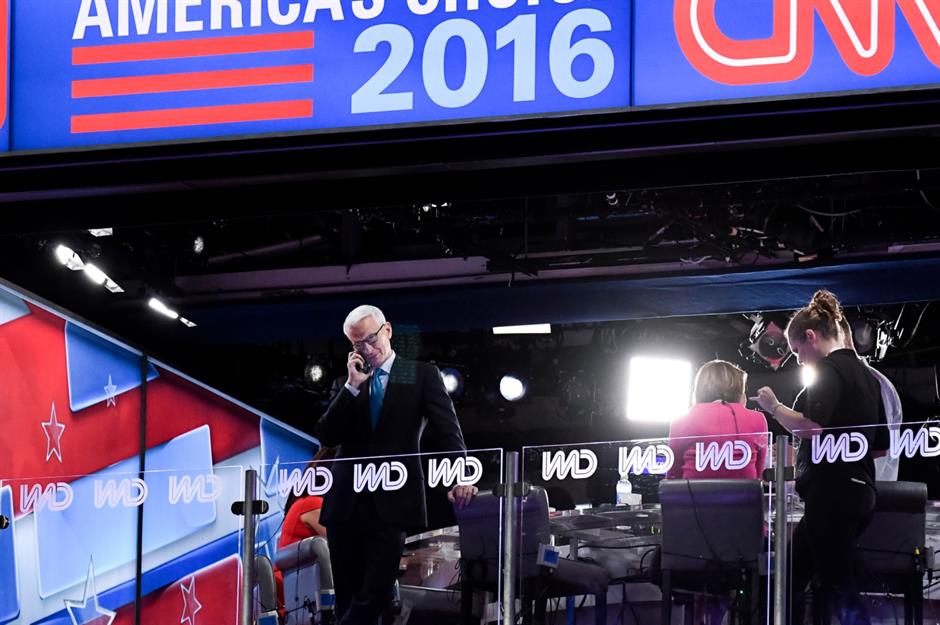
CQ-Roll Call/SIPA USA/PA Images
At the time of her death, reports pegged Gloria Vanderbilt's net worth at around $200 million (£146m). News outlets began reporting that Gloria Vanderbilt might not be leaving her inheritance to her son, as prior to her death Cooper had decried inheritance as a "curse" and Gloria viewed wealth as an obstacle to hard work. However, those early reports massively overestimated the size of Vanderbilt's estate.
An undisclosed legacy
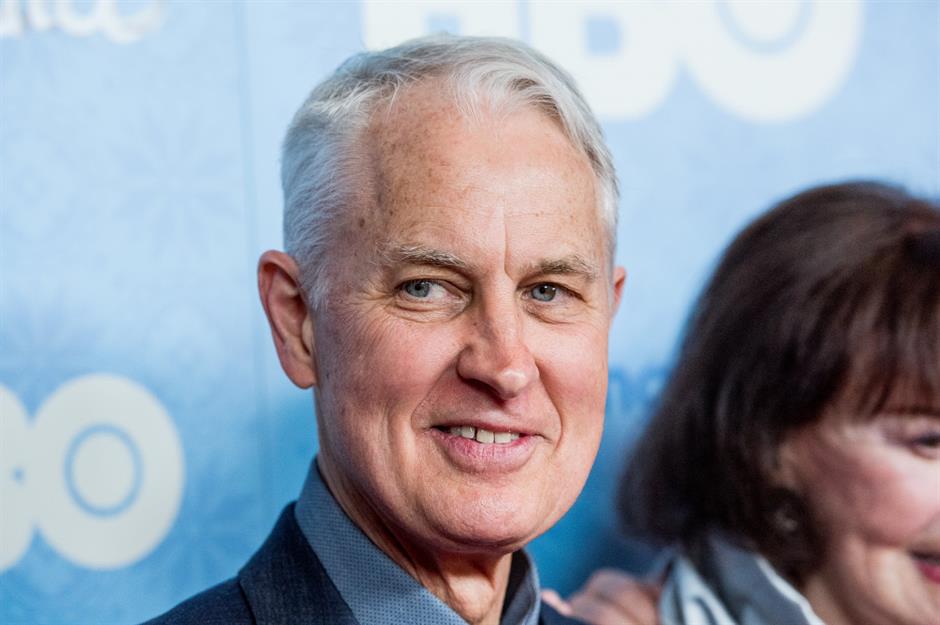
Roy Rochlin/FilmMagic/Getty
In July, the New York Post claimed that Anderson Cooper would be receiving just $1.5 million (£1.1m), which was "the total value of her estate at the time of her death". However, official court documents reveal that Cooper is also set to receive the majority of his mother's estate, but they do not reveal an exact figure for that estate. And so it's expected that Cooper will receive his mother's property assets, except for her Manhattan apartment which Vanderbilt's eldest son, Leopold "Stan" Stokowski (pictured), will receive. Meanwhile her estranged son Christopher Stokowski received nothing.
Now read about the world's biggest landowners
Be the first to comment
Do you want to comment on this article? You need to be signed in for this feature
How Much Money Are The Vanderbilts Worth?
Source: https://www.lovemoney.com/gallerylist/106820/the-rise-and-fall-of-the-vanderbilt-family-dynasty
Posted by: linaresfespon78.blogspot.com

0 Response to "How Much Money Are The Vanderbilts Worth?"
Post a Comment